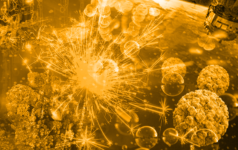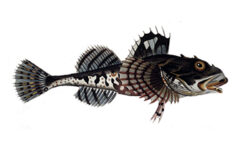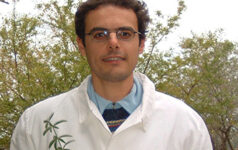The inGenious code, by inGenious
These days, more and more of my colleagues in science, technology, engineering and mathematics (STEM) education are warming to the idea of closer links with industry to show students what these subjects can do in the real world.






















